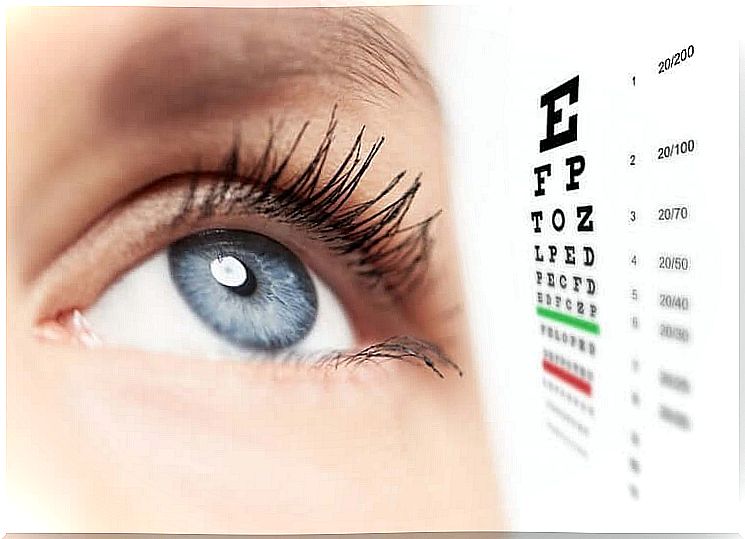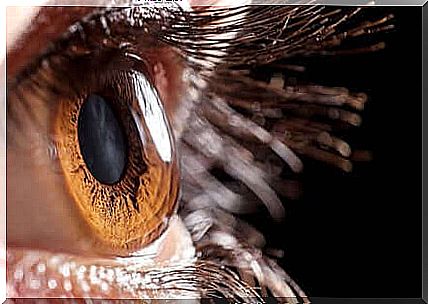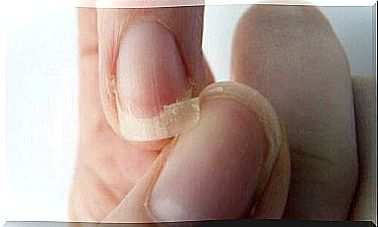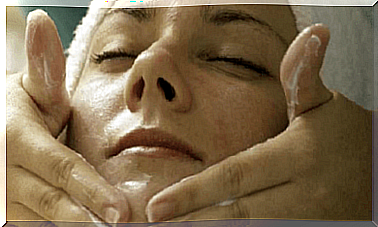Corneal Cone – Characteristics And Treatment

Keratoconus is a progressive disease that changes the shape of the cornea, causing it to change from its concave shape to a cone. In addition, the cornea also contracts, which changes the way the light rays enter it. This means that it cannot position itself properly, leading to blurry vision.
It is a rare disease and its incidence is low. It is estimated that only 2 new cases out of 100,000 people occur each year. There are many other factors that influence the development of the condition.
It usually affects adolescents and young adults. It significantly affects a person’s quality of life as it significantly reduces their ability to see. In today’s article, we will explain everything you need to know about this disease.
What is keratoconus?
As we mentioned above, the normal shape of the cornea is similar to the dome – it is very important as it allows the light rays to hit the retina of the eye exactly in such a way that the process of vision is normal.

The corneal taper gradually modifies the cornea and its shape changes and becomes conical. It is a non-inflammatory pathology that can appear in one or both eyes. It mainly affects teenagers.
These changes in corneal morphology prevent the rays from being reflected properly. Consequently, it affects vision. Moreover, a person can develop both myopia and astigmatism :
- myopia is a defect that makes distant objects blurry,
- Astigmatism means that the eye perceives objects as blurry or distorted, both near and far.
What other symptoms may occur with keratoconus?

However, there are cases where keratoconus can become much more severe. The eyes may suddenly deteriorate and the cornea may develop fibrosis and scarring. When this happens, the cornea becomes less transparent and vision deteriorates even more.
What are the causes of the disease?
It is still unknown what exactly causes keratoconus to appear. However, scientists believe that many factors are involved in its development. First, genetics appears to play an important role because, in many sick people, similar cases have happened in the family. It also has to do with Down and Ehlers-Danlos syndromes.
Likewise, factors such as minor eye trauma, persistent scratching and irritation appear to be related as well. Continuous exposure to sunlight can also be affected.
How do doctors diagnose and treat keratoconus?
The diagnosis of keratoconus is relatively simple. Usually, it is enough for the ophthalmologist to perform a complete eye examination. In addition, he can perform other tests to observe the pathology in question in more detail.
For example, doctors can perform lamp scans, corneal topography, and keratometry to measure the curvature of the cornea.
Treatment for keratoconus varies from case to case. The ophthalmologist must choose the method that is most suitable for a given patient. They can treat many mild cases with contact lenses. More complex cases, however, may require a corneal transplant.
In brief
Keratoconus is a progressive disease that worsens the condition of the cornea and prevents the light rays from concentrating. So the vision is blurry. It usually affects young people. When in doubt, it is best to consult an ophthalmologist for a complete examination.









